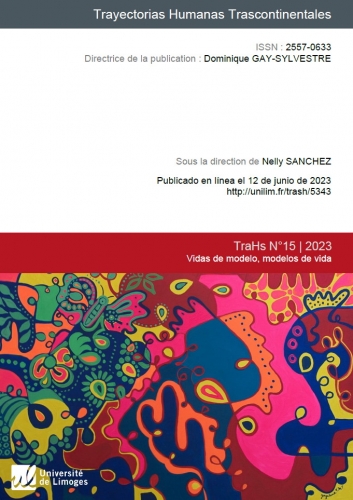En 2008 y en 2014, los modelos vivos manifestaron en Francia, para dar a entender que el hecho de posar desnudo era « un verdadero oficio » y pedir que se reconociera su estatuto así como una mejora de sus condiciones de vida. En efecto, en la medida en que el recurso a un modelo vivo le permite al artista asegurarse de la conformidad de lo que representa como posibilidad humana, uno tiende a olvidar el papel importante que desempeñan los modelos en el Arte y recientemente en la forma digital. Conviene, por lo tanto recordar, que el arte de la pose no se relaciona tanto con la belleza del cuerpo sino con la respuesta dada a las necesidades del artista. Así que el modelo dista mucho de ser un simple objeto ofrecido a la mirada.
Nos gustaría traer a la luz, justamente, la complejidad de dicha profesión. Ya que es mal conocida, nos interesa privilegiar las reflexiones, testimonios, entrevistas poniendo de realce las elecciones que implica en todos los ámbitos. También es legítimo preguntarnos si evolucionaron a lo largo de los siglos, la mirada y la posición adoptadas por las autoridades hacia esta profesión así como las exigencias de los empleadores, y si evolucionó la misma definición de « modelo ». ¿Por qué y cómo llega uno(a) a ser modelo ? ¿Hace soñar esta profesión ? ¿ De qué estrategia se vale uno (a) para eludir los tabús y prohibiciones morales, religiosos, sanitarios ? ¿Cómo, por ejemplo, lograron salir adelante los modelos durante los periodos de confinamiento ? Preguntas éstas que solo son el inicio de una lista no exhaustiva de otras más…
Se trata por consiguiente de recolectar experiencias, informaciones a través de la historia de la humanidad por todos los continentes, en una dinámica interdisciplinaria : la profesión de modelo puede ser abordada según facetas totalmente diversas : financiera, psicológica, histórica, estética, física, social…
